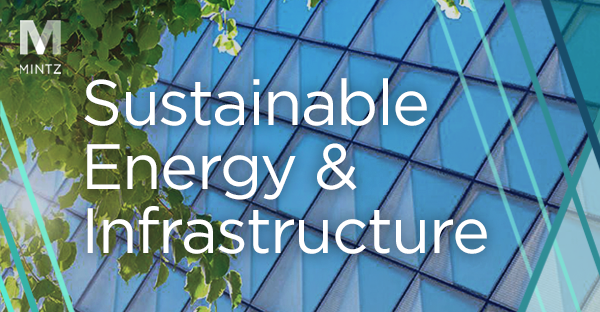The Transportation and Climate Initiative (TCI): Everything You Need to Know, Part II: How Will TCI Work?
In Part I of our series on the Transportation and Climate Initiative (TCI), we provided an overview of this innovative program. Here in Part II, we will delve into how the initiative will work. As a regional policy, TCI will provide a framework for each state jurisdiction to implement in its own way. The recently released Framework for a Draft Regional Policy Proposal provides important insights into the way that the TCI could be structured in each state.
The overarching structure of the TCI has been modeled on the highly successful Regional Greenhouse Gas Initiative (RGGI), a mandatory market-based program aimed at reducing greenhouse gas emissions from large power plants across the eastern United States. RGGI is the first program in the US initiated by a group of states to limit carbon dioxide emissions from any sector of the economy. The ten member states agreed to cap and reduce CO2 emissions at a declining rate each year. Participating states sell permits, known as “allowances,” to emit carbon through auctions through which carbon emitters must purchase allowances equal to their actual emissions. These allowance sales generate revenue that each state may invest in energy efficiency, renewable energy, and other consumer benefit programs. In the process, those investments create green jobs and spur innovation in new technologies. Since its creation RGGI has helped member states be successful in reducing CO2 emissions from the power sector by 10%.
Due in large part to the success and widespread popularity of RGGI, TCI, is similarly structured as a cap-and-trade program that uses market incentives, as opposed to command and control methods, to combat climate change. Under the program, carbon dioxide emissions from the combustion of gasoline and diesel fuel in motor vehicles would be capped each year. The program would begin with an initial emissions cap set at a level that would then decline each year at a steady rate. The initial cap, set using a combination of baseline emissions for three recent years, would be implemented as soon as 2022, with target emissions being reached in 2032.
All wholesale suppliers of transportation fuel to a state would be required to buy allowances for the emission of carbon that would occur as a result of use of their fuel. Fuel suppliers would be able to buy and sell allowances and would have control over how much of the allowance costs to pass on to consumers. In order to contain costs and create flexibility, the program would incorporate multi-year compliance periods and allow “banking” of allowances for use in future compliance years.
Suppliers would be required to report to each state participating in TCI their contributions to that state’s carbon emissions. The states would establish an electronic emissions reporting system, informed by existing reporting requirements for fuel suppliers. A regional organization would conduct carbon market monitoring, auction administration, and allowance tracking.
Each participating state will be free to choose how it will invest the proceeds from the cap-and-trade program. However, the proceeds will need to be invested in initiatives that reduce carbon emissions, spur clean energy production and innovation or increase affordable access to public transportation.
While the draft framework provides much of the outline that TCI jurisdictions will use to construct their independent proposals, each state’s involvement in the TCI will look somewhat different. In Part III of this series, we will illustrate the details of how such a plan might look in one state, Massachusetts, and the investment priorities that plan would seek to achieve.



